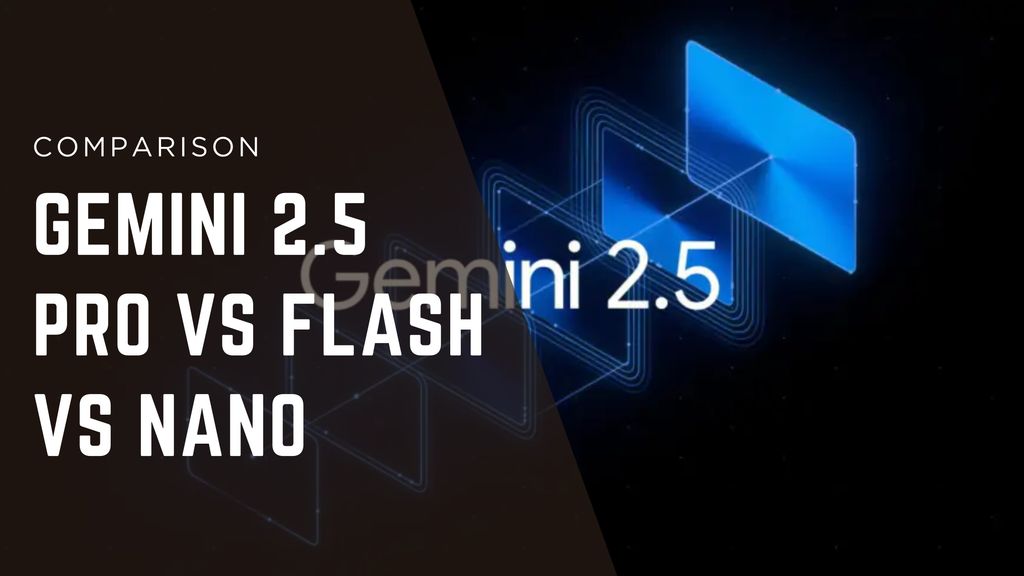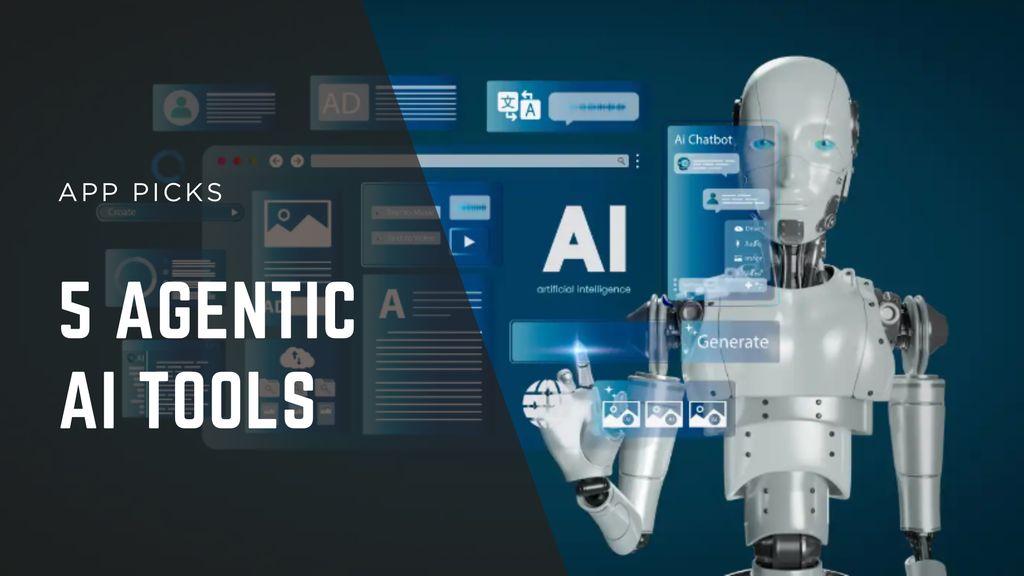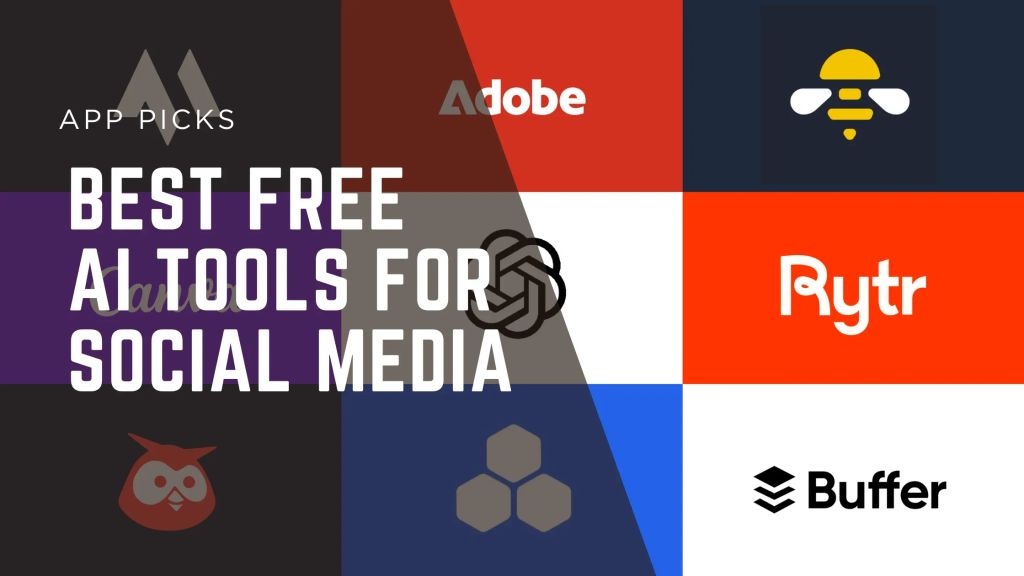10 Best AI Image Generators for Creators and Marketers

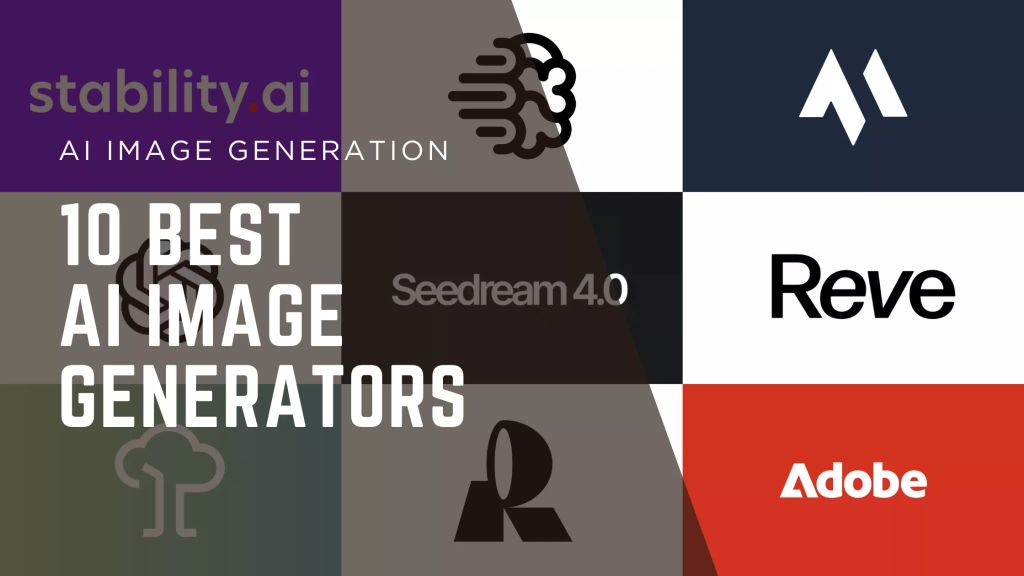
Businesses need world-class imagery to thrive in a saturated attention economy. Marketers and content creators face constant pressure to produce images that stand out and deliver results, often feeling overwhelmed by demand and the need for speed. That's where the best AI image generators come in.
AI image generators can produce photorealistic images often indistinguishable from reality, accurately render text in complicated scenes, execute complex editing techniques, and much more. The best part? Like most other creative automation tools, they can complete tasks in significantly less time than it would take someone to do it manually.
Whether you're producing infographics, product photoshoots, or editing outputs, we've researched the best AI image generation tools on the market and handpicked the best ones for marketers and content creators.
Best AI Image Generators at a Glance
AI tool | Best for | Key features | Pricing |
|---|---|---|---|
Magic Hour | All-in-one image and video generation |
|
|
Adobe Firefly | Commercial projects |
|
|
Stable Diffusion | Open-source control |
|
|
ChatGPT | Quick image creation |
|
|
Ideogram | Generating accurate text inside images |
|
|
Recraft | Branded graphics |
|
|
Flux | Experimental AI image creation |
|
|
Reve | Precise prompt adherence |
|
|
Seedream | Image editing |
|
|
Google Imagen | Photorealistic results |
|
|
1. Magic Hour for All-in-One Image and Video Generation
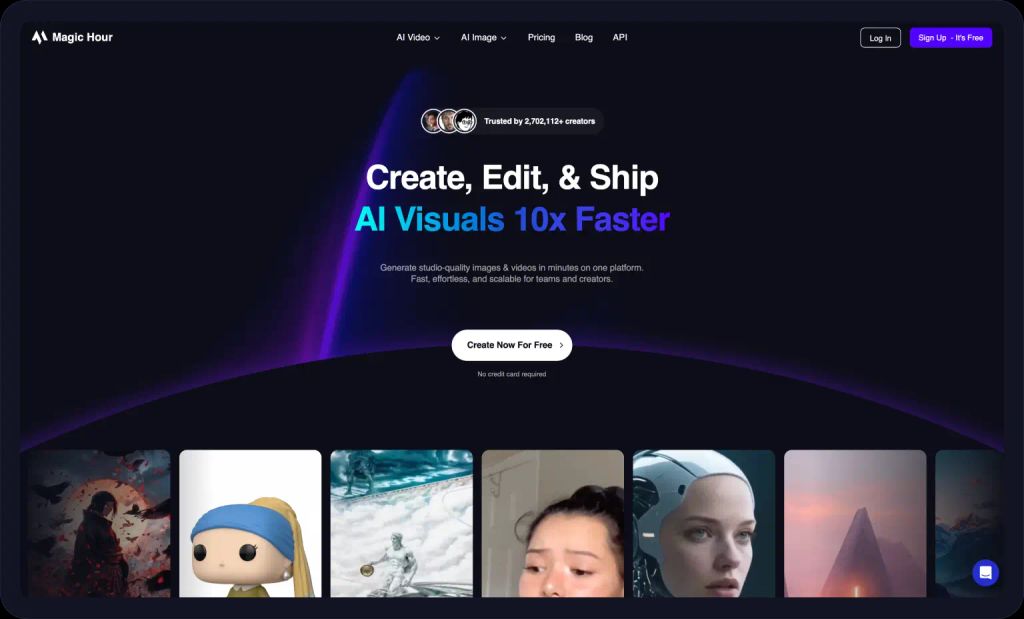

Magic Hour
Best for
All-in-one image and video generation
G2 rating
Key Features
- Text-to-image and video generation
- AI editing and upscaling
- Image-to-video conversion
- Face swapping
- Lip syncing
Pricing
- Free
- Creator: $10/mo
- Pro: $49/mo
- Business: $249/mo
Pros
- Features 20+ AI tools in one studio
- Straightforward user interface with minimal learning curve
- Designed for rapid rendering and A/B testing
- Highly scalable for mass image and video generation
Cons
- Slight learning curve
When it comes to AI image generation, Magic Hour aims for scalability, versatility, and affordability. Purpose-built for creative teams with intensive content design needs, Magic Hour's extensive suite of image generation tools are fast, free (with paid options), and easy to use.
Users can write out natural language prompts to quickly generate high-quality AI generated pictures with multiple variations, including photos, logos, graphics, and more. This allows for rapid prompt iteration and A/B testing as the user continuously refines their prompt specifications to reach the results they're looking for.
As one of the best Midjourney alternatives, Magic Hour offers capabilities beyond image generation. With a paid plan, users gain unrestricted access to a suite of over 20 AI image and video features they can use to create engagement-driving, commercial-ready visuals to grow their brand, including:
- AI Image Editor: Magic Hour's AI Image Editor is as simple and straightforward as it gets. Just upload or drag and drop an image into a queue, type a prompt (up to 2,000 characters) describing the changes you want to make to the image, and let the tool handle the rest. It's ideal for making basic image edits quickly and at scale, allowing creatives to focus their manual effort on more intricate edits.
- AI Image Upscaler: The AI Image Upscaler tool allows creatives to improve existing visuals with professional-quality detailing and enhancements. These make good visuals great and great visuals even better, bringing out the best in the original design. All you need to do is upload an image, then select a scale factor and enhancement style.
- AI Clothes Swap: The AI Clothes Changer tool is exactly what it sounds like. You can seamlessly change the clothing a person is wearing in any photo. For example, you might ask a model to pose for one photo wearing one product. Then, you could use this tool to overlay different products onto their body. This feature is ideal for marketers and design teams who need to meet high content demands and drive sales.
- AI Face Editor: The AI Face Editor can be used to make very granular edits to a subject's face, including everything from eyebrow direction to smile level and more. This gives creators and marketers complete control over emotion and mood, which are crucial for outward-facing content.
- Prompt templates: Magic Hour offers pre-built and customizable prompt templates that teams can use to expedite their image generation process. Instead of typing up verbose prompts with every generation, users can simply copy, paste, and modify. This tool is handy for teams who need to apply consistent styles or brand elements to sets of images.
Bring your ideas to life
Use Magic Hour's free AI image generator to create images with vivid detail within seconds
2. Adobe Firefly for Commercial Projects

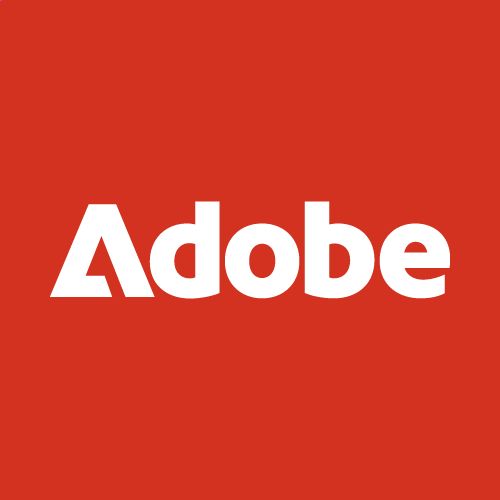
Adobe Firefly
Best for
Commercial projects
G2 rating
Key Features
- Text-to-image and video generation
- Sound effect generation
- Image-to-video conversion
- Video translation
- Collaboration features
Pricing
- Standard: $9.99/mo
- Pro: $19.99/mo
- Creative Cloud Pro: $69.99/mo
- Premium: $199.99/mo
Pros
- Seamlessly integrated with Adobe ecosystem
- Trained on Adobe Stock for commercially safe outputs
- Easy to use with minimal learning curve
Cons
- Lack of negative prompting options
- Free images include a watermark
- Difficulty handling more complex prompts
Adobe Firefly allows you to generate images, videos, text, and more intuitive controls straight from popular Adobe apps. Its standout feature is its seamless integration within the Adobe ecosystem.
Firefly was also designed with commercial safety in mind. Adobe trained this AI model exclusively on content that does not violate copyright or intellectual property rights, such as Adobe Stock contributions.
With its safety-first design, wide range of generative capabilities — from images and videos to sound effects and avatars — and robust collaboration platform in Firefly Boards, Adobe Firefly is a solid AI picture creator for teams who are already invested in Adobe tools like Photoshop and Illustrator.
3. Stable Diffusion for Open-Source Control
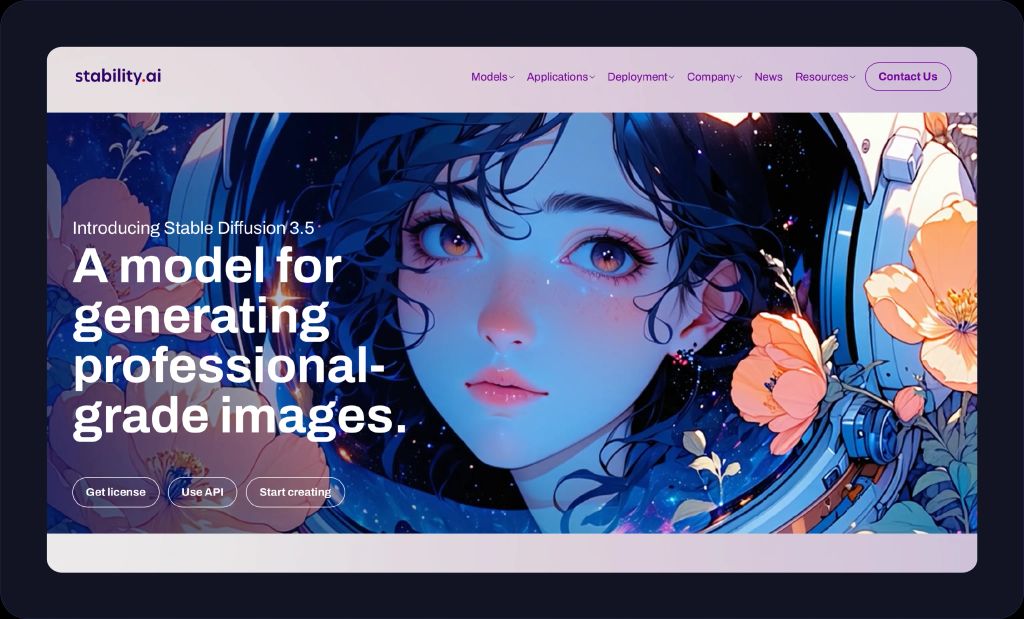
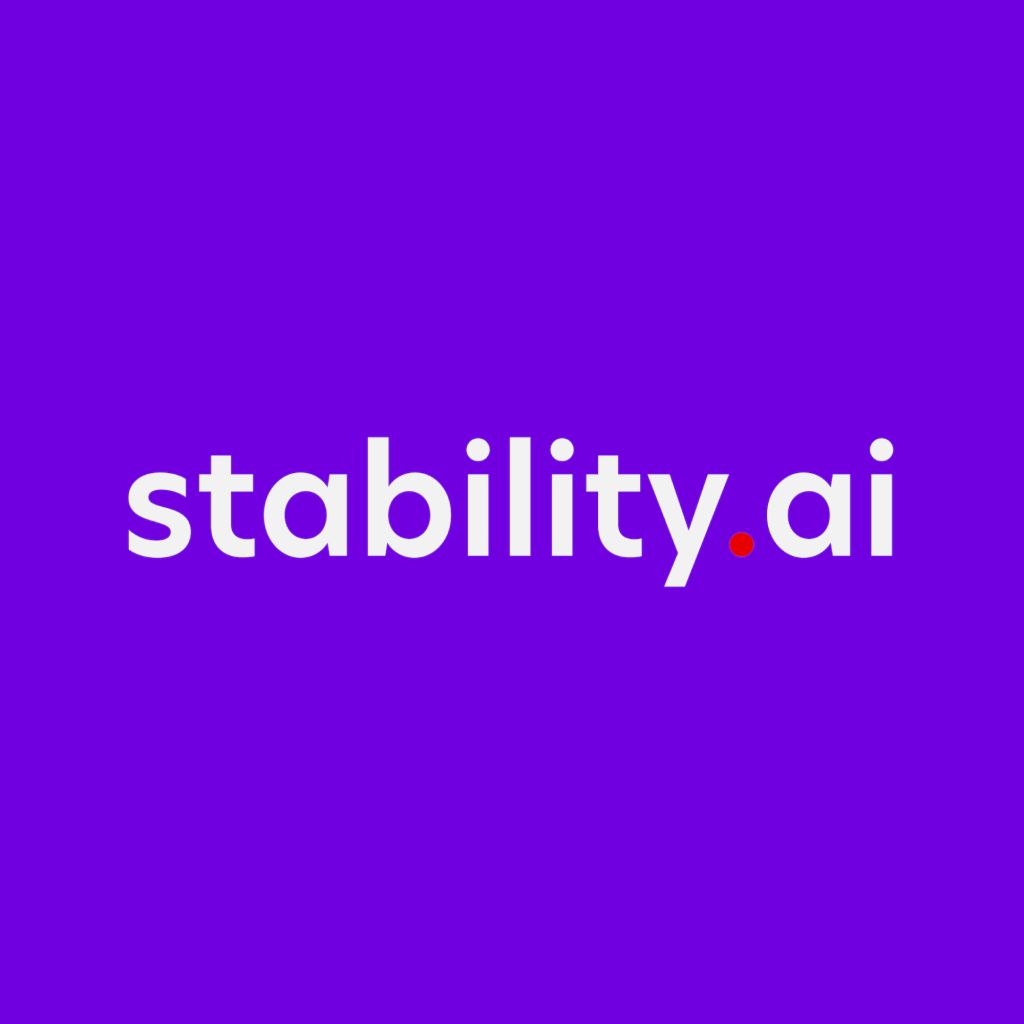
Stable Diffusion
Best for
Open-source control
G2 rating
Key Features
- Text-to-image and video generation
- Open-source model
- Image editing and inpainting
- Product photography
- Brand styling
Pricing
- Variable
Pros
- Highly customizable due to open source nature
- Intricate prompting and editing features
- Extensive community resources and tutorials
Cons
- Variability based on hosting platform
- Longer image generation times
- Requires technical knowledge to run locally
Stable Diffusion is an image and video generation model developed by Stability AI. Its open-source nature means anyone can host and customize it to meet their specific needs. This makes it ideal for enterprises with very specific design needs and a need for total control over their creative assets.
As a diffusion model, Stable Diffusion outputs extremely high-resolution, photorealistic images. It handles complex, detailed design needs better than most other models. Keep in mind that output quality and feature set may vary depending on the hosting platform (DreamStudio, for example) you're using.
Users are enabled to train models for specific brand styles, create product photography, and even draft product development shots. These features make Stable Diffusion a standout option for enterprise product marketing teams, who can use it to create world-class AI-generated ads.
4. ChatGPT for Quick Image Creation

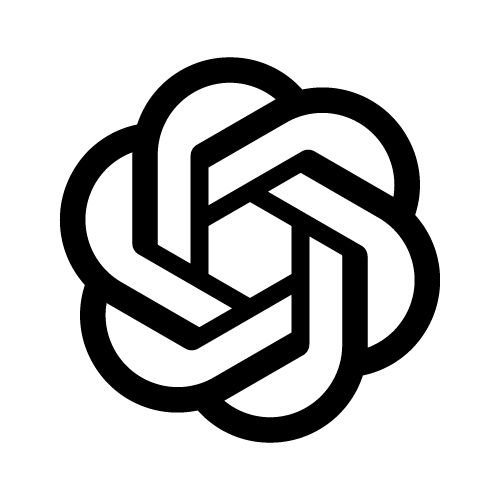
ChatGPT
Best for
Quick image creation
G2 rating
Key Features
- Text-to-image generation
- Text rendering
- Conversational editing
Pricing
- Free
- Plus: $20/mo
- Business: $25/user/mo
- Pro: $200/mo
- Enterprise: custom
Pros
- Understands prompts well
- Easy to use through ChatGPT interface
- Renders a wide variety of image styles
Cons
- Slow image generation
- Typos included in renders
- Lack of advanced editing features
ChatGPT lets you create AI images right from within the intuitive interface people have come to know and love. No technical ability or extra downloads needed. All you need to do is log in to ChatGPT, select the model you want to use, and prompt it with the image you want to create.
GPT 4-o already provided strong prompt adherence, iterative refinement capabilities, and complex multi-object rendering capabilities in a wide variety of art styles. GPT-5, OpenAI's newest ChatGPT model, turned it up a notch, churning out AI-generated pictures significantly faster, more accurately, and with higher resolution capabilities.
While there might be differences in outputs depending on the model you use, the ease of use remains consistent. ChatGPT is one of the best AI image generators for those who want quick results in a familiar, user-friendly interface.
5. Ideogram for Generating Accurate Text Inside Images
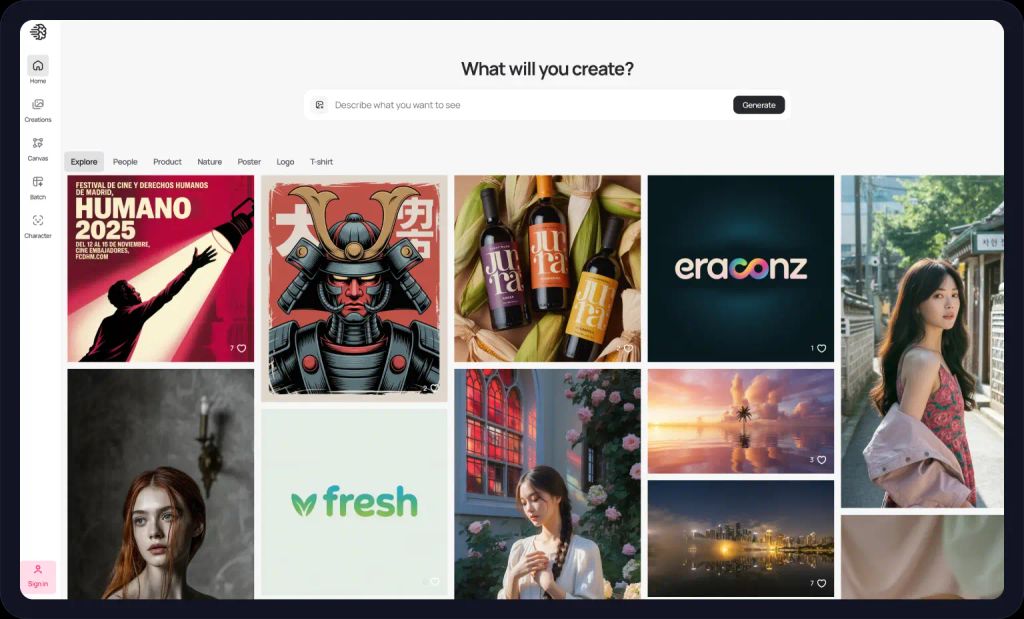
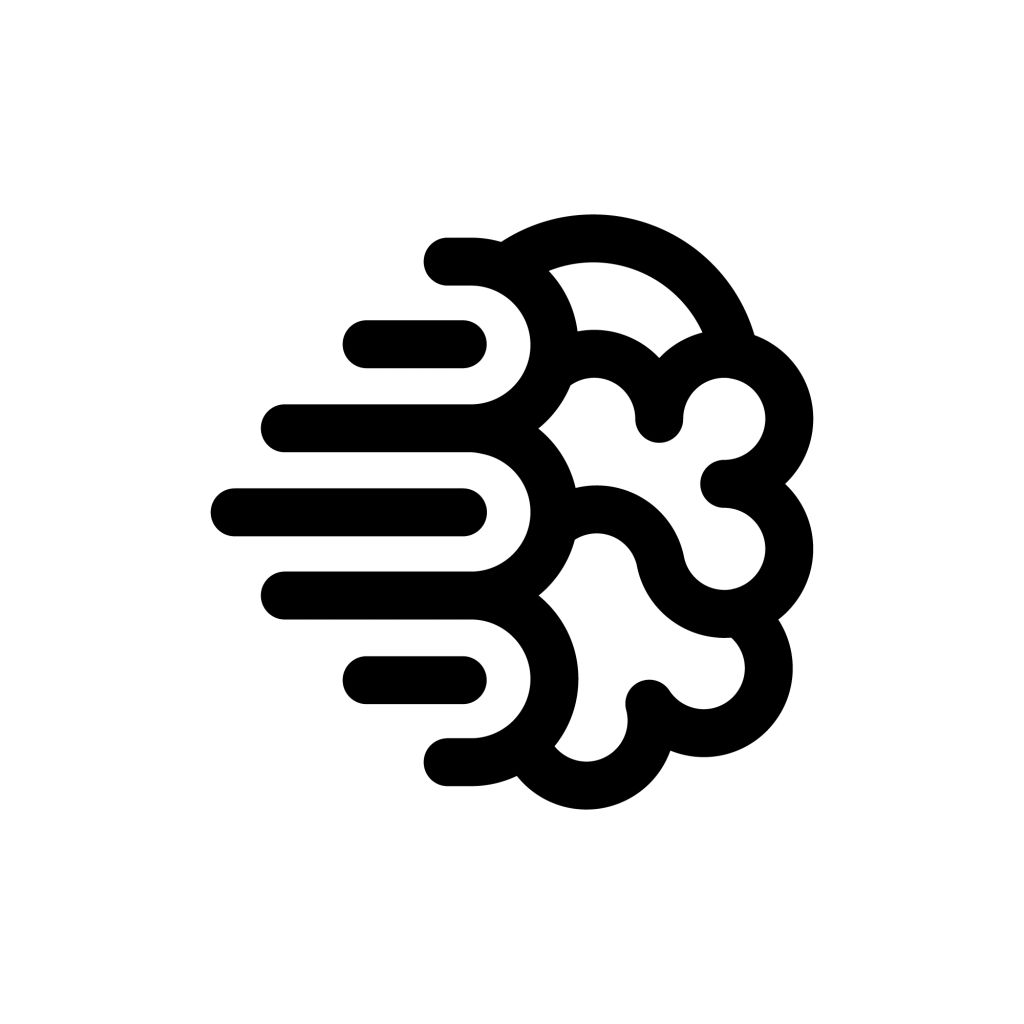
Ideogram
Best for
Generating accurate text inside images
Key Features
- Advanced text rendering
- Text-to-image generation
- Image-to-image generation
- Batch image generation
Pricing
- Free
- Basic: $7/mo
- Plus: $15/mo
- Team: $20/mo
- Pro: $42/mo
- Enterprise: custom
Pros
- Best-in-class text rendering
- Integrated prompting assistance
- High-resolution outputs
Cons
- Limited editing features
- Inconsistent performance and lack of features in the free tier
- Generated images are public
Ideogram excels where most other models often fail: text rendering. The typos, misspelled words, and illegible gibberish that have come to be expected in AI generated pictures become rarities when you use Ideogram.
Most AI image generators are prompt-based. While many find this intuitive, others who aren't trained on the nuances of AI prompting may find the process inaccessible and frustrating. Ideogram's Magic Prompt tool cuts the hassle out, actively helping users refine their prompts and turn out images closer to what they had in mind.
This platform's strong feature set with standout text-rendering and accessibility features make it ideal for creative teams with specific copy needs and varied skillsets.
6. Recraft for Branded Graphics
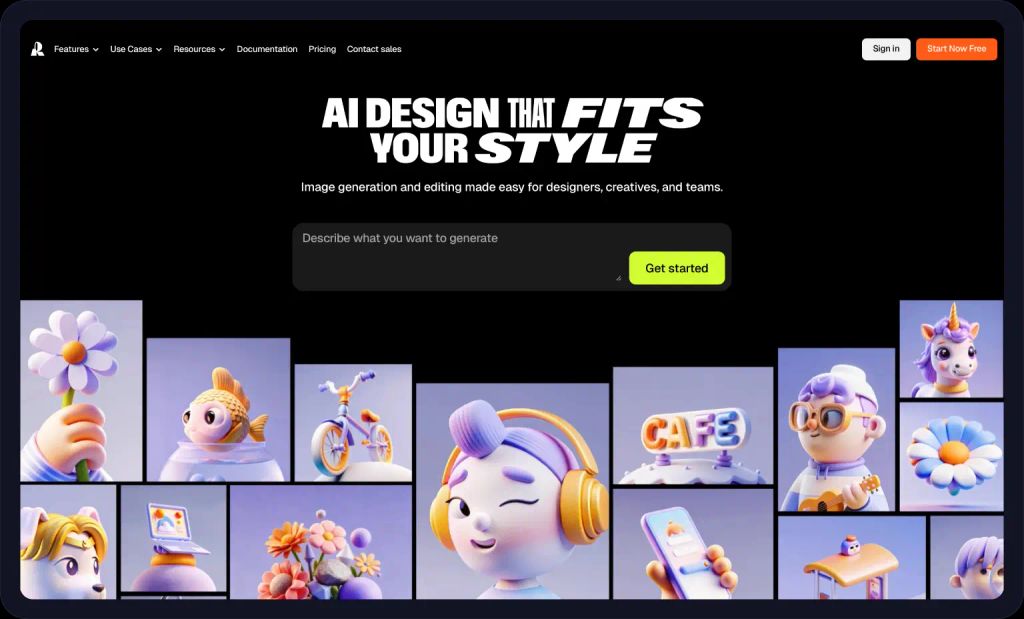
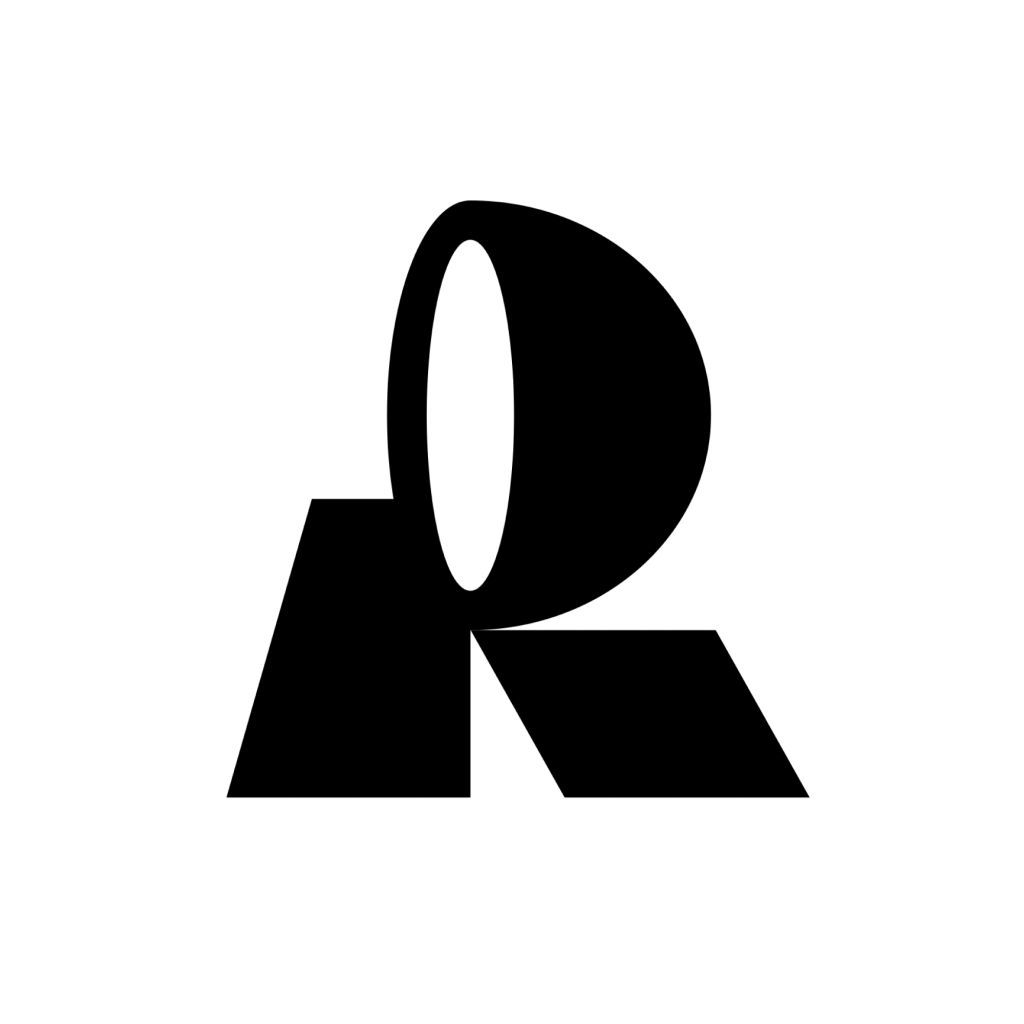
Recraft
Best for
Branded graphics
G2 rating
Key Features
- Text-to-image generation
- Logo, poster, and icon generation
- Illustration set generation
- Background removal
- Vector-based outputs
Pricing
- Free
- Pro: $10/mo
- Teams: $55/mo
Pros
- High-quality photorealistic outputs
- Enables consistent styling for brand identity
- Generates editable vectors
Cons
- Quality can be inconsistent
- Stronger learning curve
- Longer image generation times
Recraft has become a go-to for designers and marketing teams looking to implement generative AI into their creative workflows. From generating product mockups and illustration sets to photoshoots and branded materials, Recraft can generate strong visuals for marketing and creative campaigns.
Design teams can prompt Recraft to create stylized image sets complete with text, logos, reusable icon sets, advertisements, and characters. In addition to its generative capabilities, Recraft also outputs editable vectors in .svg format, giving creatives enhanced agency over their images. For example, images can be rescaled or changed without any losses to the image quality and consistency.
With business-oriented generative features built for experienced creatives, Recraft is one of the best AI image generators for branded graphic design.
7. Flux1 for Experimental AI Image Creation
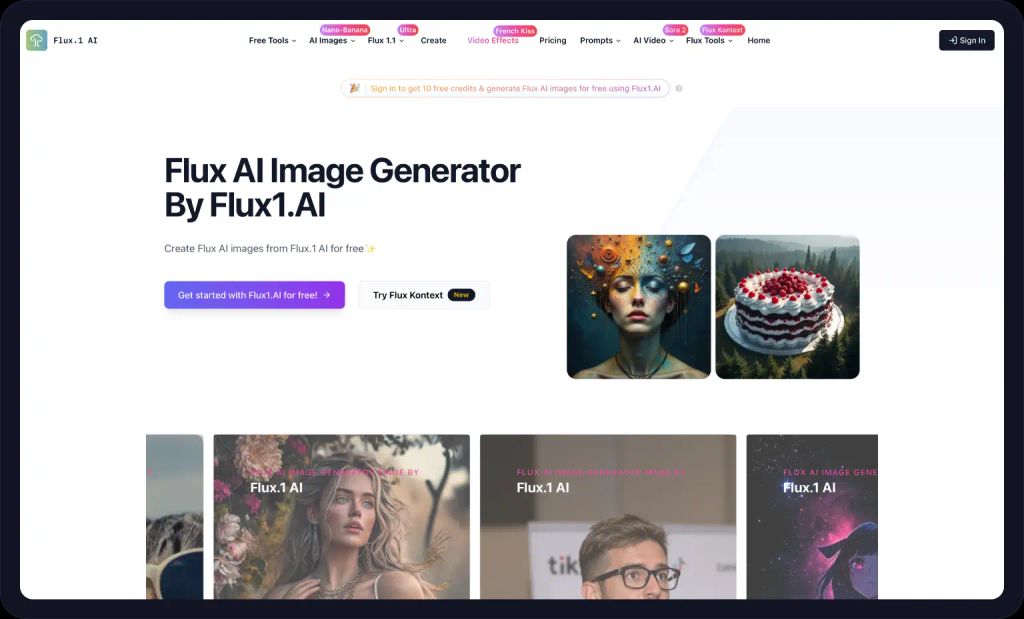
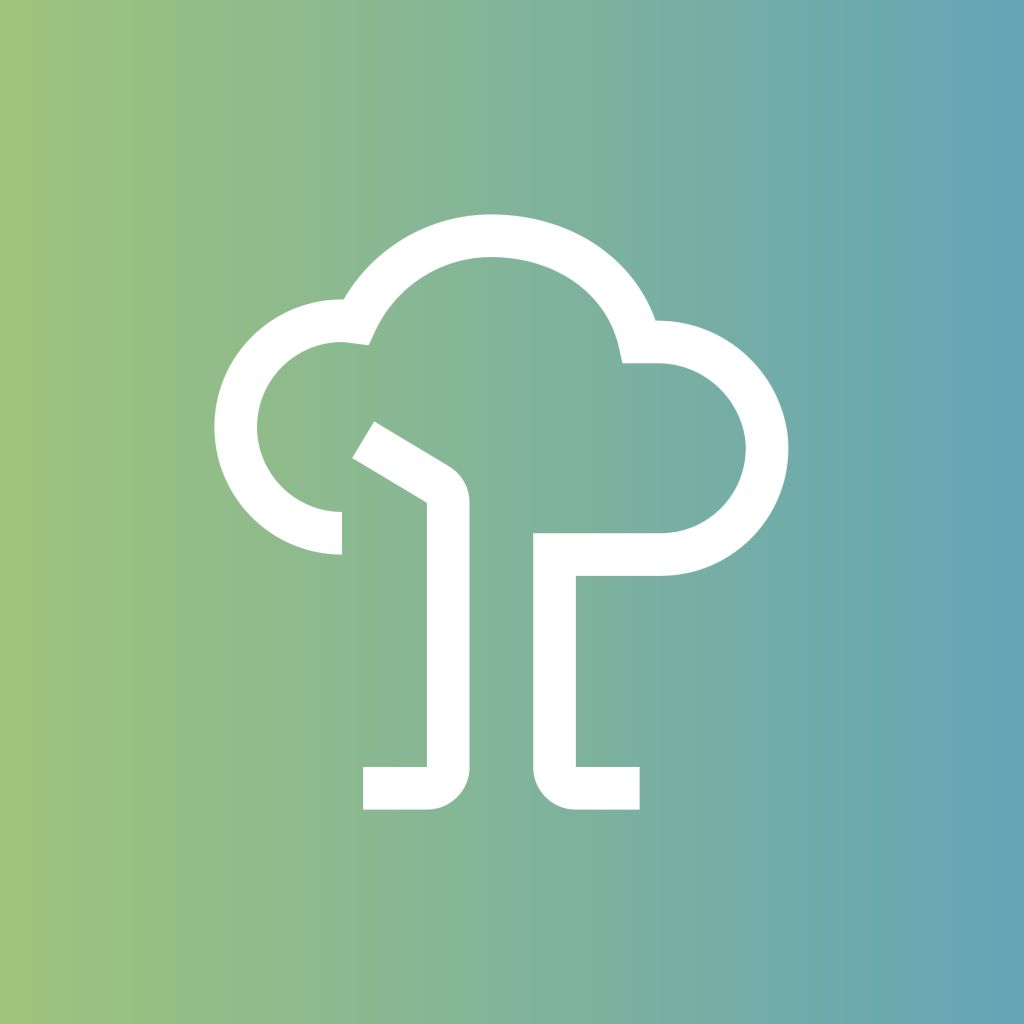
Flux1
Best for
Experimental AI image creation
Key Features
- Text-to-image generation
- Image-to-image generation
- Image editing and restyling
- Prompt optimization
- Video effects
Pricing
- Variable
Pros
- Great prompt adherence
- Quick generations
- Model variety
Cons
- Credit-based, per-month usage limitations
- Variability based on hosting platform
- Steeper learning curve
Flux is a set of diffusion models for text-to-image generation with notable similarities to Stable Diffusion. Flux offers a variety of models with different proficiencies. For example, FLUX.1 Pro is well-regarded for its high resolution output quality and prompt adherence, while FLUX.1 Schnell is known to generate images very quickly, albeit at lower quality.
Since there are so many different models out there with very different applications, the capabilities you're able to get out of Flux will depend on the platform and model you're using.
Flux also offers an extensive library of tools to augment and refine AI image generation. These include AI upscaling tools, prompt optimization tools, editing tools, and much more.
8. Reve for Precise Prompt Adherence
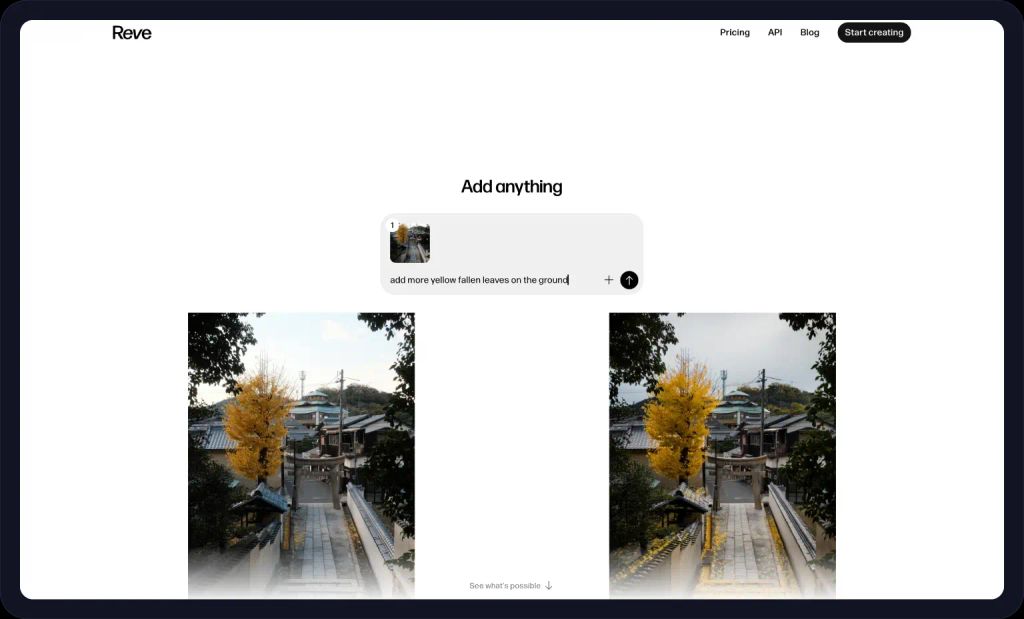
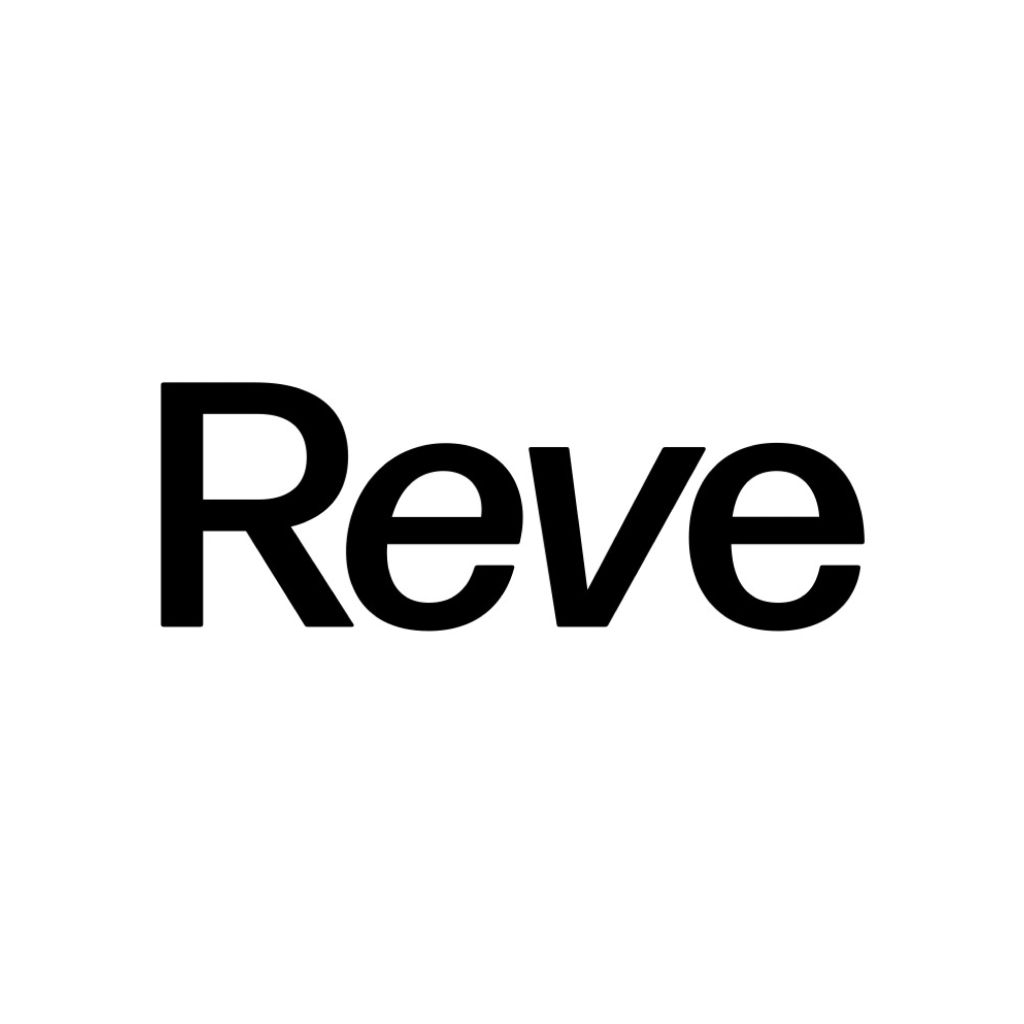
Reve
Best for
Precise prompt adherence
Key Features
- Text-to-image generation
- Image remixing
- Drag-and-drop editor
- Text implementation
Pricing
- Free
- Pro: $20/mo
Pros
- Strong prompt adherence
- Renders a wide variety of artistic styles
- High-resolution outputs
Cons
- Resource intensive
- Fixed resolution
Reve is an AI-based image generation and editing tool best known for its level of prompt adherence. The tool is built from the ground up to augment experienced designers and break down technical barriers to creative proficiency.
It can be used to generate, edit, and even combine images together seamlessly. In our review of Reve, we praised it for its precise prompt adherence, high quality outputs, and accurate text implementation across a wide variety of art styles.
This tool is ideal for people and teams who want to edit and create high-quality AI images with extremely high prompt adherence and very low barriers to entry.
9. Seedream 4.0 for Image Editing
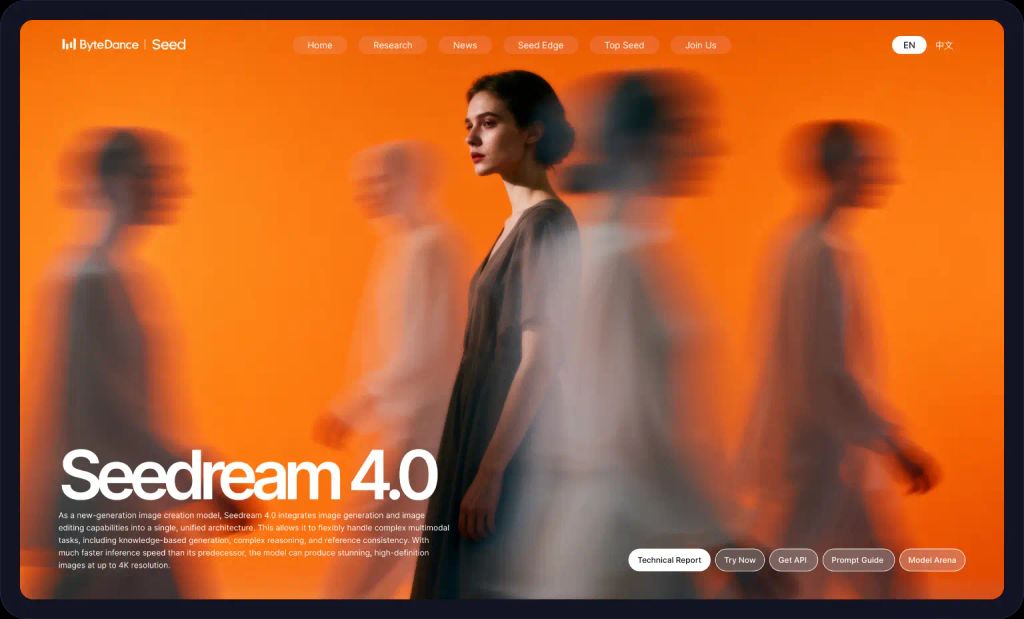
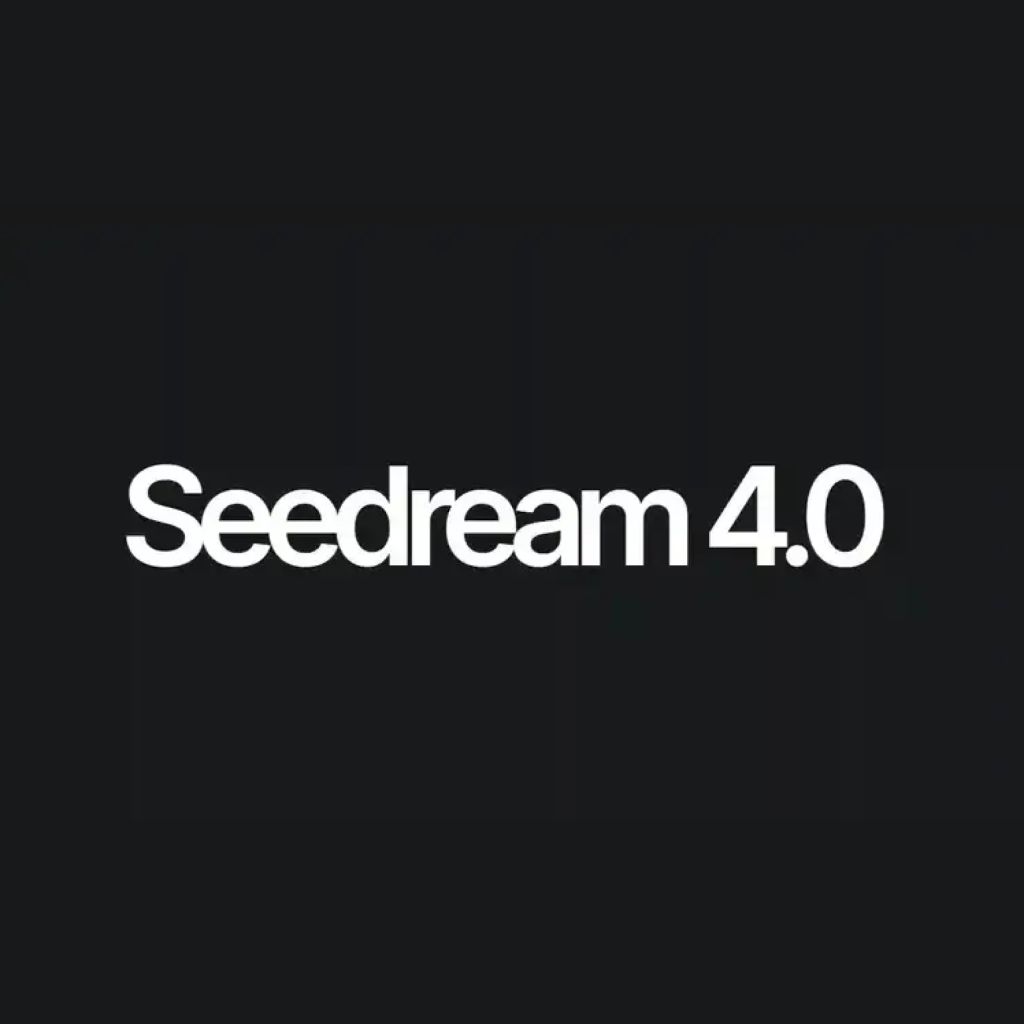
Seedream 4.0
Best for
Image editing
Key Features
- Batch generation
- Conversational editing
- Stylistic variance
- Multi-image referencing
Pricing
- Variable
Pros
- Good text rendering
- Highly realistic outputs
- Strong editing features
Cons
- Slower image generation
Seedream 4.0 made waves when it debuted in September 2025, and is now widely regarded as one of the highest quality image generation models. It can generate high-resolution images based on prompts, single images, or image sets at a blazing pace. It's also capable of both batch input and output, which creatives can use to build thematic sets of images for marketing campaigns.
Seedream stands out for its extremely powerful prompt-based image editing, which enables total object manipulation, seamless scene modification, in-depth text editing, and more. Like other diffusion models, specific features and output quality can vary depending on the platform you use to access it. However, our Seedream 4.0 guide dives into what this model is capable of at maximum capacity.
This tool's ease of use, scalability, and creative freedom make it ideal for creative teams with intensive needs and minimal time. It can be a marketer's best friend, delivering everything from posters and infographics to branded photoshoots and product advertisements.
Access Seedream 4.0 through Magic Hour
We provide users with the best models for different needs to help you generate images knowing that you’re getting the best performance available on the market.
10. Google Imagen for Photorealistic Results
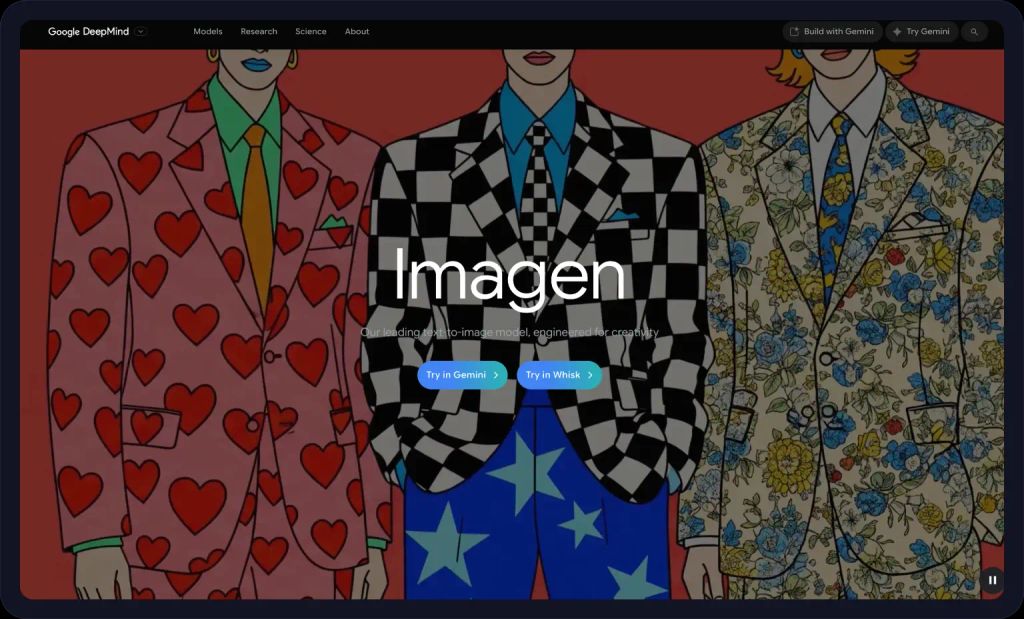

Google Imagen
Best for
Photorealistic results
Key Features
- Text-to-image generation
- Photorealism
- Image editing features
- Art style variation
Pricing
- Variable
Pros
- Extremely detailed photorealistic results
- Advanced editing features
- Strong prompt adherence
Cons
- Strict content restrictions
- Variable feature sets depending on platform
Google’s Imagen is a set of text-to-image diffusion models designed to excel at producing photorealistic outputs through natural language prompts. Imagen 4, the most recent model, is capable of producing 2K resolution outputs with extreme detail and highly accurate text rendering in various aspect ratios.
This model can be accessed through Google AI Studio, Gemini, or various other third-party hosting platforms.
Imagen 4 is a versatile, business-ready model that allows creatives to generate everything from lifelike photoshoots to professional-grade graphics, logos, and illustrations. Combine those features with its fast image generation options, and you have an AI model that can help creatives generate end-to-end visuals for marketing campaigns suitable for any channel.
How To Choose the Best AI Image Generator
Choosing the best AI image generator comes down to deeply understanding your needs and goals. Here are some steps to take when evaluating your options:
- Review style range: Check which styles each AI picture generator excels at — some are great for photorealism, others are better for illustrative graphics, and many excel at a wide range of styles. The best AI picture generator for you will excel at the specific style type you need.
- Check prompt accuracy: If you can get a free trial or free plan, test each AI picture creator for its level of prompt adherence. The more accurately it follows your prompts, the less time you'll spend editing outputs or writing extra prompts to get what you want.
- Evaluate ease of use: In an agency or team environment, speed matters. Look for tools with intuitive, easy-to-use interfaces and features that people of any skill level can learn to use effectively and save time.
- Look at licensing rights: To safely use generated images in official capacity (like in a marketing campaign), you'll need to be certain that your images are safe for commercial use. Be sure to check for protections against copyright infringement, paying special attention to what type of content is used to train each AI model.
- Consider integrations: Using AI image generators can create countless efficiencies if they can integrate seamlessly with other design platforms and tools your team already uses. Using them in a way that’s isolated from your preexisting tools can create the opposite effect.
- Compare pricing models: Pick an AI image generator with a pricing model that suits your scale, keeping long-term value in mind. AI image generators are typically priced per user, per credit, or through tiered monthly and annual subscriptions. Tools with a free trial or plan can be very helpful for testing capabilities before committing to payment.
Start Creating Custom AI Images for Free With Magic Hour
Whether you're part of an enterprise marketing team, a freelance content creator, or an entrepreneur building your own business from scratch, these tools can help significantly reduce the time spent in the creative process while retaining the quality necessary to excel in today's market. For those less experienced with creative design, AI image generators can even unlock opportunities that they normally wouldn't have access to on their own.
Creators and marketers across industries are using AI image generators to optimize their time. With more hours spent refining end products and fewer hours spent in the weeds of time-consuming creative processes, you can achieve faster workflows while producing stronger visuals that breathe life into your marketing campaigns.
Ready to bring your image production to the next level? Get started for free with Magic Hour's AI Image Generator.
Best AI Image Generators FAQ
Here are some quick answers to some questions people most commonly ask about AI image generators and their capabilities.
Which AI Image Generators Make the Most Realistic Faces?
Diffusion models like Stable Diffusion, Flux, Seedream, and Google Imagen tend to generate the most realistic human faces because of their higher capacity for detailed, photorealistic rendering.
What Are the Best AI Image Generators for Editable Image Upscaling and Refinements?
Magic Hour, Recraft, and Adobe Firefly offer native tools and integrations that can be used for image upscaling and refinements. Magic Hour’s AI Image Upscaler can do it for free.
How Do You Use Prompts To Get Consistent AI Art Style Across Images?
To get a consistent AI art style across multiple images, provide the AI model with a reference image and include a detailed, repeatable description of the style you’re looking for in each prompt. With the right model and the right prompt, you can generate images in almost any type of popular art style, from photorealism to minimalism.


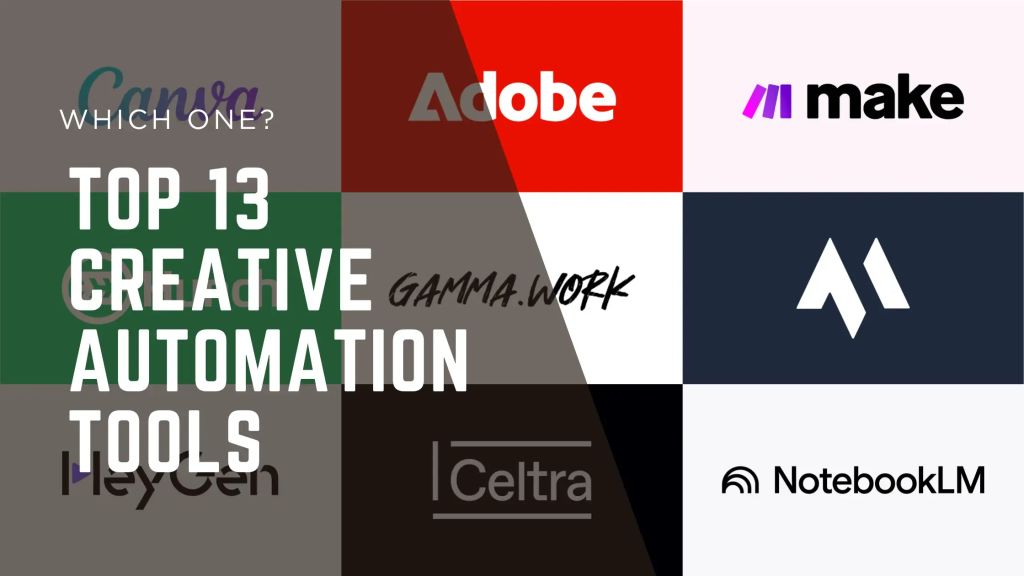
.jpg)
